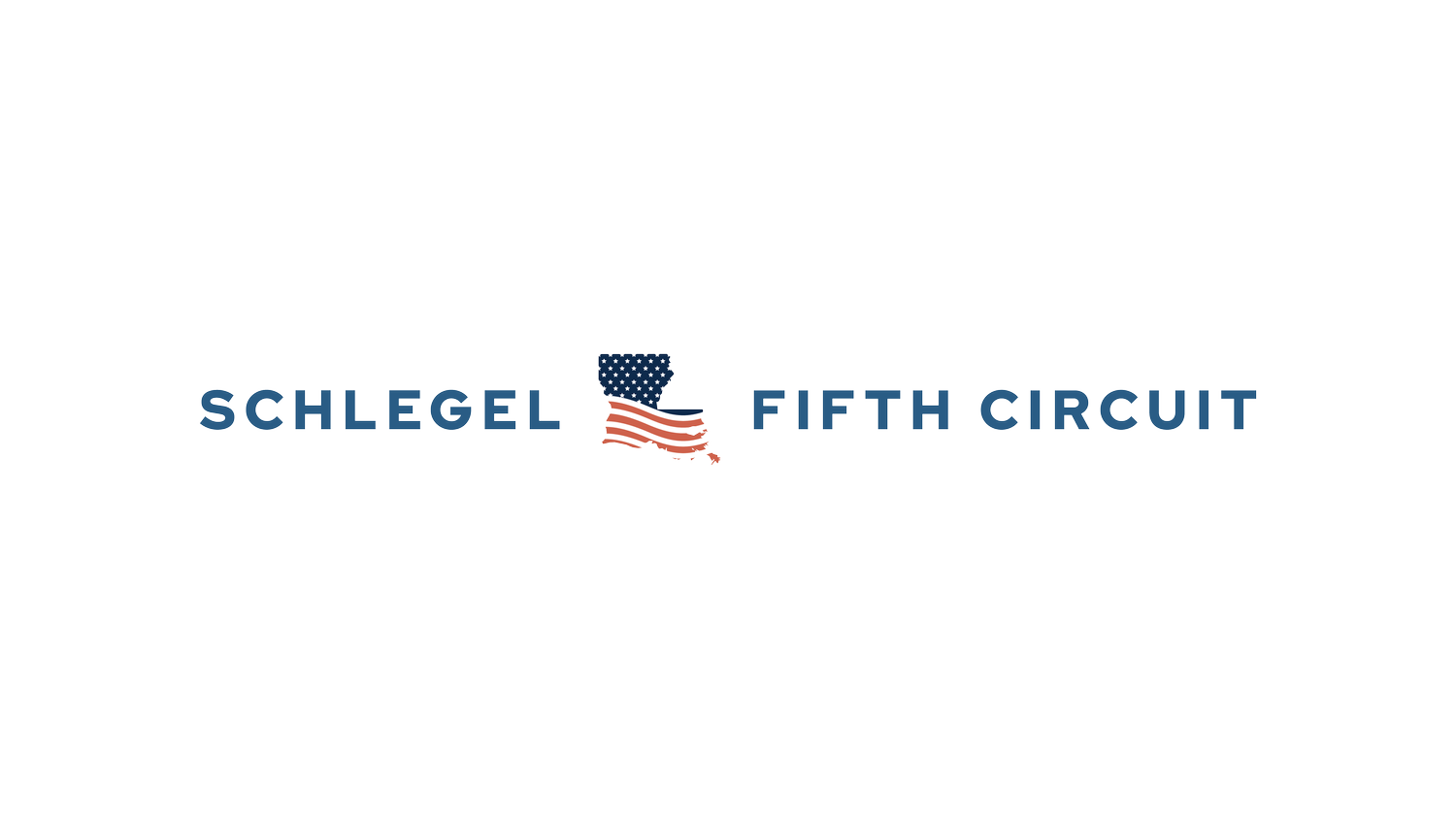How Courts and Legislatures Are Responding to Deepfakes and AI Evidence
The rise of synthetic media has outpaced expectations. What once required a Hollywood studio can now be done with a laptop and basic software. In court, the line between real and fake is getting harder to draw.
This is not a future concern. It is already happening. And the legal system is beginning to respond.
The Federal Approach
In 2024, the Advisory Committee on Evidence Rules focused on potential revisions to Rule 702, which governs expert testimony, and Rule 901, which deals with authentication. After the presentations though, the committee decided not to take any action.
This past June, however, the Committee proposed a new Rule 707, which if adopted, would require parties offering machine-generated output to meet the same standards that apply to any other expert opinion before it could be admitted.
The Committee also reconsidered the amendment to Rule 901 regarding the authentication of AI-generated evidence but again, set it aside for now.
Louisiana’s Response
While the federal process continues to moves forward, the Louisiana legislature acted earlier this year by amending the Louisiana Code of Civil Procedure under Act 250. The law sets clear duties for attorneys and creates procedures for handling synthetic evidence in court.
Attorneys are required to use reasonable diligence to verify the authenticity of digital evidence before offering it. And failing to do so can result in contempt or professional discipline.
The law also establishes a pretrial process for raising authenticity concerns. If a party has a reasonable suspicion that evidence has been falsified, they must raise the issue before trial. Likewise, if a party knows or has reason to know that evidence they intend to offer has been altered or generated by AI, they must disclose that in advance. (There is an exception for demonstrative evidence). The goal is to ensure these questions are resolved before the evidence reaches a jury.
Act 250 does not change the admissibility standard. What the law does is ensure that these disputes are addressed earlier in the process, where judges can resolve them before trial begins.
Two Systems, One Goal
Federal courts and Louisiana took different paths, but both are working toward the same end. They are building a framework to separate real evidence from synthetic fabrications. Rule 707, if adopted, would apply in every federal courtroom. Act 250 already governs Louisiana courts. Together, they reflect a growing consensus that the status quo is no longer good enough.
What Lawyers Need to Know
If Rule 707 is enacted, any party offering AI-generated evidence will have to show it meets the same standard as traditional expert testimony. In Louisiana, attorneys already have a duty to exercise reasonable diligence. They must investigate the evidence they present and disclose if it has been altered or artificially created.
This is now part of competent representation. Understanding digital tools, knowing how to vet them, and spotting signs of manipulation are no longer optional.
This Isn’t New, Just Faster
Courts have always dealt with forged documents and doctored photos. Deepfakes are just the latest version of the same problem. What makes them different is how fast and realistic they’ve become.
Judges are already responding. Some are asking for more from the parties when digital evidence is offered. Bar associations are offering training. Forensic tools are being built. And law schools are starting to train students before they enter the practice. So what comes next?
Well, rule 707 is now open for public comment. And if it is adopted, we will have a national framework for handling AI-generated evidence in federal court. In the meantime, Louisiana has set the pace and hopefully, other states consider making revisions to their pretrial procedures as well.
The technology will keep moving. The question is whether the law will move with it.
The time to act is now.
Subscribe to my Substack newsletter today so you don’t miss out on a post. https://judgeschlegel.substack.com
